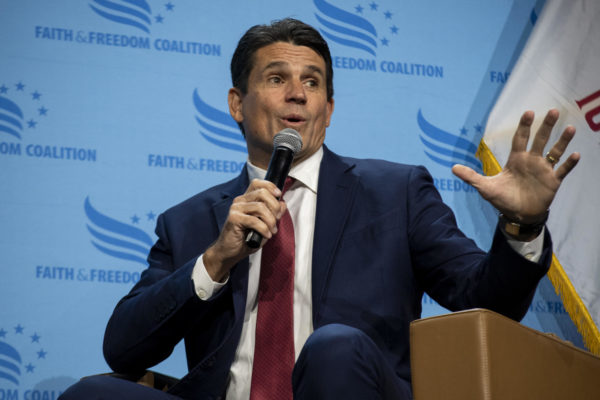Oil price drops after storm threat,
August 5, 2008
NEW YORK – Oil prices plunged to a three-month low Monday, briefly tumbling below $120 a barrel in another huge sell-off after Tropical Storm Edouard seemed less likely to disrupt oil and natural gas output in the Gulf of Mexico.
Crude’s steep drop – prices fell more than $5 at one point during the day – dragged down other commodities from corn to copper and mimicked the big nosedives of the past three weeks, adding to growing beliefs that the oil bubble is at least temporarily deflating.
“What this means is that we’re going to see some more relief at the pump. We’re probably looking at another 10 cents of downside in retail gas prices,” said Tom Kloza, publisher and chief analyst at Oil Price Information Service in Wall, N.J. A gallon of regular gas fell, on average, about half a penny overnight to $3.881.
Also weighing on oil prices Monday was a report by the Commerce Department that consumer spending after adjusting for inflation fell in June as shoppers dealt with higher prices for gasoline, food and other items. That fed investors’ expectations that a U.S. economic slowdown is sharply curbing U.S. demand for fossil fuels.
Light, sweet crude for September delivery fell $3.69, or 2.9 percent, to settle at $121.41 a barrel on the New York Mercantile Exchange. It was crude’s lowest settlement price since May 5. Earlier, prices plummeted to $119.50, the lowest level since May 6.
Crude has now fallen in six of the last nine sessions and has shaved 18 percent off its trading record of $147.27 reached July 11.
The dramatic dive came after traders learned that Edouard, aiming for the coasts of Texas and Louisiana, likely would not damage offshore oil and natural gas drilling platforms that sit in the storm’s path.
Still, oil market traders expressed surprise that a potential hurricane in the Gulf coupled with escalating tensions with Iran didn’t send prices higher – an almost certainty just a few weeks ago.
“Any market that really doesn’t respond to seemingly bullish news is often a tip off that we’re going lower,” said Jim Ritterbusch, president of energy consultancy Ritterbusch and Associates in Galena, Ill.
He and other analysts have predicted that, barring any surprises, crude could tilt toward $100 a barrel by the end of the year.
Meanwhile, retail gas prices kept falling, reflecting the continuing price-driven drop in U.S. fuel demand. Gas has fallen 5.6 percent since hitting an all-time high above $4 a gallon on July 17, but so far hasn’t kept up with oil’s steep descent, suggesting struggling filling stations are still saddled with gas bought when crude prices were higher.
“They still have expensive gas to feed into the system, so they’re reluctant to drop prices,” Ritterbusch said. “Prices never come down as fast as they go up.”
Still, Monday’s drop in crude was expected to help make retail gas cheaper.
Adding to the bearish sentiment around oil, Democratic presidential candidate Barack Obama on Monday proposed that the government sell 70 million barrels of oil from its strategic reserves to help lower gasoline prices.
Obama had previously opposed the idea of tapping the reserve supplies, but he also said in a major energy speech that releases from the reserve in the past have “lowered gas prices within two weeks.”
The Illinois senator also reiterated his statement Friday that he could now support limited new offshore drilling in the U.S. if needed to enact a compromise energy policy that would foster fuel-efficient autos and alternative energy sources.
Following Obama’s remarks, “the market is increasing the odds now that the drilling deal will get done and we will see more production coming out of the Gulf of Mexico,” Flynn said.














